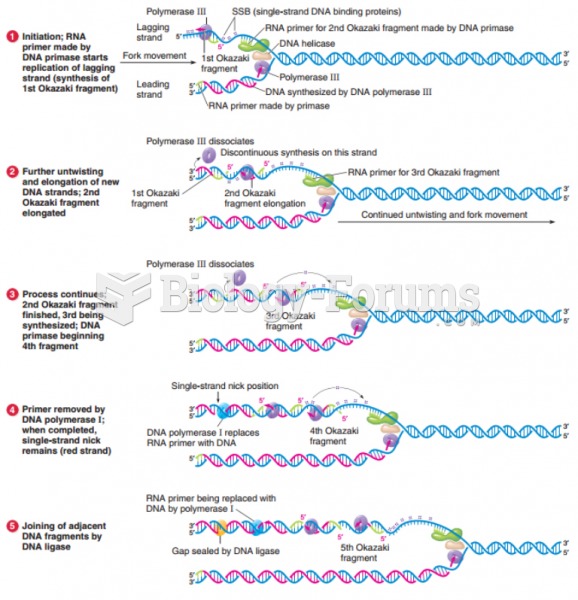|
|
|
There are approximately 3 million unintended pregnancies in the United States each year.
On average, someone in the United States has a stroke about every 40 seconds. This is about 795,000 people per year.
About 100 new prescription or over-the-counter drugs come into the U.S. market every year.
Critical care patients are twice as likely to receive the wrong medication. Of these errors, 20% are life-threatening, and 42% require additional life-sustaining treatments.
The Centers for Disease Control and Prevention has released reports detailing the deaths of infants (younger than 1 year of age) who died after being given cold and cough medications. This underscores the importance of educating parents that children younger than 2 years of age should never be given over-the-counter cold and cough medications without consulting their physicians.






